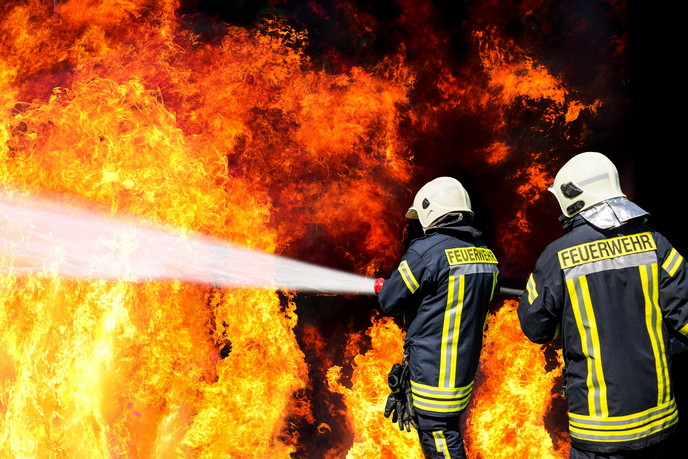Nozzle welds checks by robot
Welded steel nozzle sections in nuclear facilities are regularly inspected as they are susceptible to cracking as a result of heat and corrosion. The nozzles form a critical part of the nuclear reactor and therefore detection of cracks is necessary to ensure safe operation of the facility. However, the nozzles are located in an area subject to high levels of ionising radiation and inspection personnel have a very limited amount of time to enter the reactor and set up and calibrate the inspection equipment. The 'Autonomous robot for an automatic inspection of nozzle welds in nuclear environment' (NOZZLEINSPECT)(opens in new window) project designed a robot for carrying out this vital work. The overall goal was to automate the procedures for calibration and inspection by developing an integrated system that could be carried to the inspection area and easily installed. Project partners produced a working prototype of the inspection system to help them overcome any technical issues related to the hardware, thereby enabling them to develop the necessary software control and inspection algorithms. The prototype needed to be large, but light enough to be portable and mounted on wheels. In addition, it had to be stable so that it would not topple over when manoeuvring, and rigid enough to resist clamping and other forces. Researchers developed a new flexible phased-array probe that enabled a full inspection of nozzle weld areas without the need to frequently change ultrasonic probes. In addition, an advanced navigation system was built that used its 3D steering capability to follow the weld around the nozzle, allowing it to be inspected in a single operation. An ultrasonic technique was also developed for inspecting the nozzle weld, as were analytical tools for interpreting large amounts of 3D data. The robot will dramatically reduce inspection time and human intervention, thereby saving time and money, increasing reliability and further protecting personnel from radiation uptake. The NOZZLEINSPECT consortium will market the system to potential end users such as operators of nuclear facilities and inspection service companies. The system will therefore help support the nuclear industry and the wider European economy.







